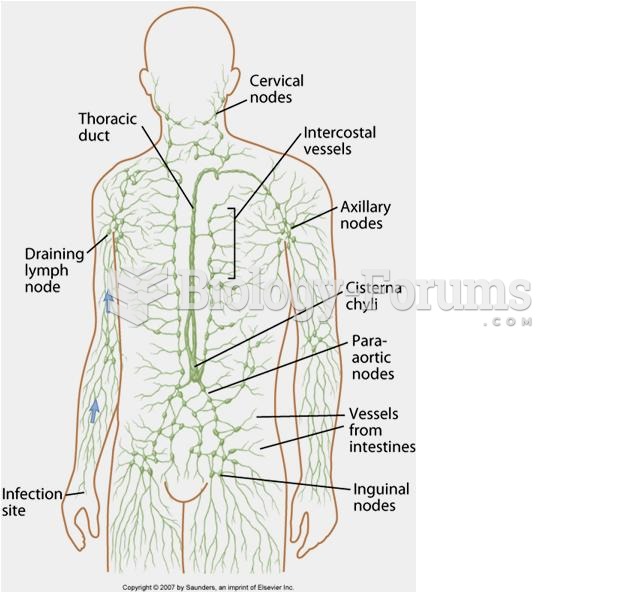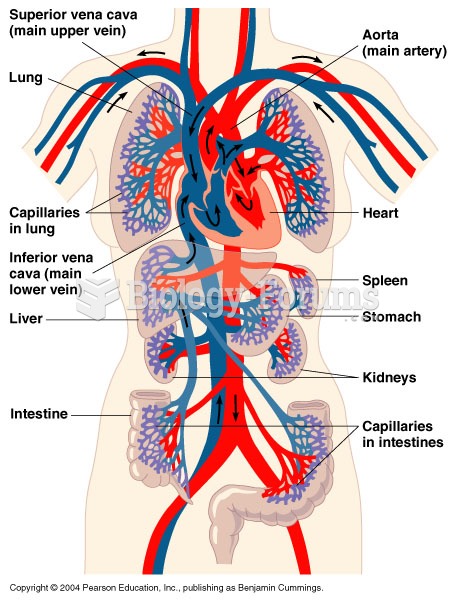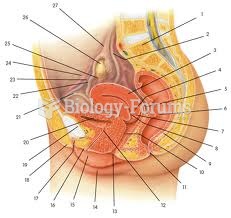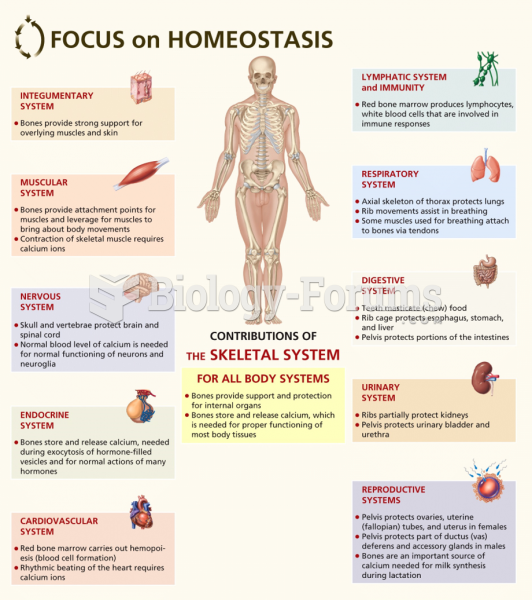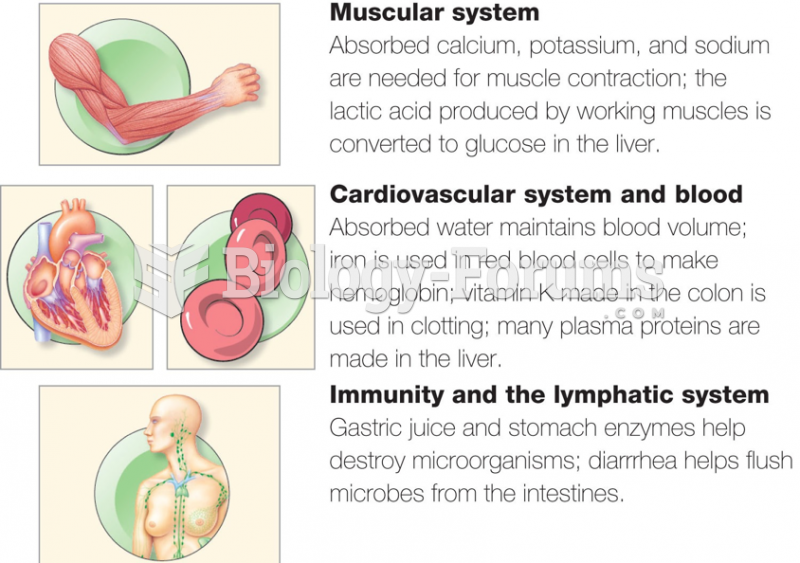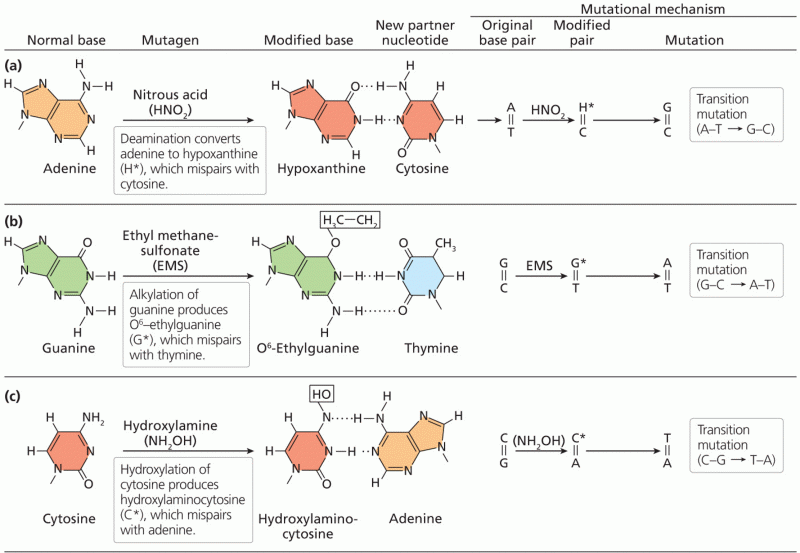Answer to Question 1
Correct Answer: 2
Rationale 1: Arousal and wakefulness are not related to catecholamine release from the adrenal medulla.
Rationale 2: The fight-or-flight response is directly related to the release of catecholaminessuch as epinephrine and norepinephrinefrom the adrenal medulla.
Rationale 3: Sensations of pain and touch are not related to catecholamine release from the adrenal medulla.
Rationale 4: Ability to walk and speak is not related to catecholamine release from the adrenal medulla.
Global Rationale: The fight-or-flight response is directly related to the release of catecholaminessuch as epinephrine and norepinephrinefrom the adrenal medulla. Arousal, wakefulness, sensations of pain and touch, and the ability to walk and speak are not related to catecholamine release from the adrenal medulla.
Answer to Question 2
Correct Answer: 3
Rationale 1: Catecholamines released from the adrenal medulla go directly into the bloodstream, while the postganglionic sympathetic neurons of the ANS affect body cells innervated by the ANS.
Rationale 2: Catecholamines released from the adrenal medulla are deactivated by the liver, while catecholamines released from the postganglionic sympathetic neurons of the ANS are either stored or deactivated by enzymes.
Rationale 3: The major difference between the release of catecholamines from the adrenal medulla and the postganglionic sympathetic neurons of the ANS is that the release of catecholamines from the adrenal medulla are longer lasting than those produced by the postganglionic sympathetic neurons of the ANS.
Rationale 4: The concentrations of catecholamines last longer in circulation than the release of catecholamines from the postganglionic sympathetic neurons of the ANS.
Global Rationale: Catecholamines released from the adrenal medulla are deactivated by the liver, while catecholamines released from the postganglionic sympathetic neurons of the ANS are either stored or deactivated by enzymes. Catecholamines released from the adrenal medulla go directly into the bloodstream, while the postganglionic sympathetic neurons of the ANS affect body cells innervated by the ANS. The major difference between the release of catecholamines from the adrenal medulla and the postganglionic sympathetic neurons of the ANS is that the release of catecholamines from the adrenal medulla are longer lasting than those produced by the postganglionic sympathetic neurons of the ANS. The concentrations of catecholamines last longer in circulation than the release of catecholamines from the postganglionic sympathetic neurons of the ANS.


